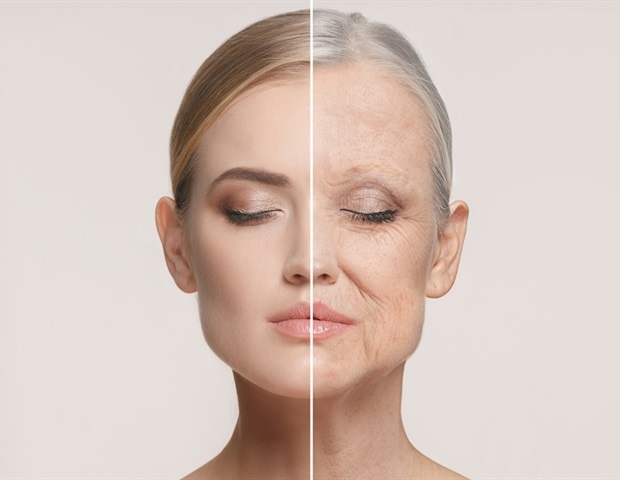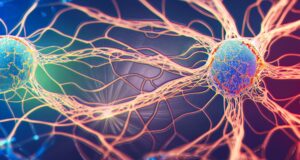
This review was published by Aging (listed by MEDLINE/PubMed as “Aging (Albany NY)” and “Aging-US” by Web of Science), in Volume 16, Issue 17, titled, “A systematic review of phenotypic and epigenetic clocks used for aging and mortality quantification in humans.”
This systematic review by Brandon Warner, Edward Ratner, Anirban Datta and Amaury Lendasse from Verseon International Corporation, University of Houston and Missouri University of Science and Technology, explores how biological clocks measure aging and predict mortality. These clocks are tools scientists use to track the body’s aging process by identifying specific changes over time.
The review analyzes 33 biological clocks proposed over the last decade, offering key insights into their design, accuracy, and clinical applications. The study categorizes these clocks into two types: epigenetic clocks, which track cellular aging through DNA changes, and phenotypic clocks, which assess physical biomarkers like blood pressure and cholesterol. These findings highlight the transformative potential of biological clocks in aging research and preventive healthcare.
Epigenetic clocks have demonstrated impressive precision in estimating chronological age by analyzing DNA methylation, a key marker of cellular aging. These tools are also linked to age-related diseases, offering valuable insights into the aging process.
Phenotypic clocks, which rely on common clinical measures, have been shown to better predict mortality and health outcomes. As the study highlights: “Phenotypic clocks have shown to be better predictors of mortality than chronological age and do so using easily measurable clinical variables.” Their affordability and ease of implementation make them especially practical for healthcare settings.
The review also explores how advancements in technology, such as artificial intelligence and machine learning, are enhancing the accuracy and utility of these clocks. For example, newer models now use neural networks to improve predictive performance and identify key aging biomarkers.
Understanding biological age can help detect diseases earlier, tailor interventions, and encourage lifestyle changes to slow aging. By providing a clearer picture of individual aging processes, these clocks could lead the way toward personalized healthcare and improved health outcomes. The researchers call for further studies to make epigenetic clocks more affordable and expand the integration of phenotypic clocks into routine healthcare.
In conclusion, this review underscores the transformative potential of biological clocks to redefine our understanding and management of aging. By addressing gaps in current research, it paves the way for future advancements in aging science and healthcare.
Source:
Journal reference:
Warner, B., et al. (2024). A systematic review of phenotypic and epigenetic clocks used for aging and mortality quantification in humans. Aging. doi.org/10.18632/aging.206098




